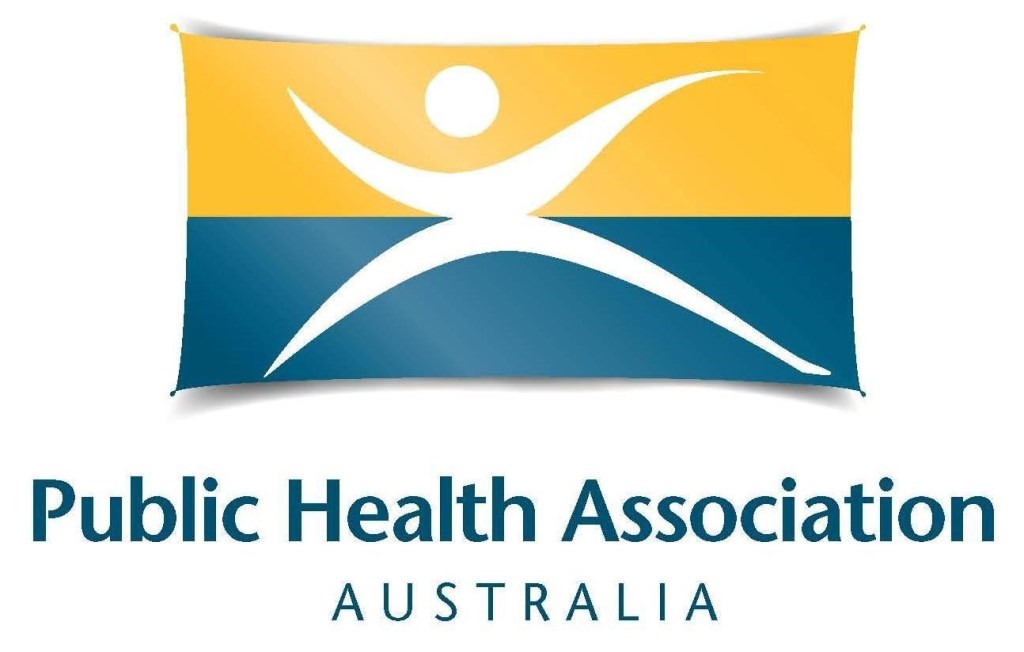Lauren Goodwin, PHAA Member
Wednesday 1 March marks the start of Endometriosis Awareness Month, dedicated to amplifying the voices of the thousands of people in Australia who are living with this condition. PHAA member Lauren Goodwin explores the role social media can play.
Endometriosis is an inflammatory condition characterised by endometrium-like tissue located outside the uterus. Individuals can experience chronic pelvic pain, lethargy, and heavy menstrual bleeding, among many other symptoms. In Australia, it’s estimated that over 830,000 individuals assigned female at birth are affected by endometriosis. This is estimated to cost Australia $9.7 billion annually, with productivity loss responsible for approximately two-thirds, and the remainder comprising healthcare.
Since 2017, endometriosis has seen a rise in internet search history. In 2018, “what is endometriosis?” was the third most trending health-related question on Google in the United States. In Australia, the search volume for endometriosis increased by 26.4% after July 2018 following the Federal Government’s announcement of the first National Action Plan for Endometriosis.
As awareness grew, so did wait times to see a specialist and access endometriosis-related laparoscopic surgery. An invasive operation is required to formally diagnose endometriosis. It can take years following symptom onset for people to receive this diagnosis, yet time is not the only barrier. Accessing diagnostic surgery can cost an individual over $5,000, with very little Medicare rebate. Unfortunately, as the world entered 2020, the emergence of COVID-19 created another barrier to healthcare for people with endometriosis.
The COVID-19 pandemic-associated lockdowns in 2020-2022 saw non-urgent elective surgeries postponed, which included surgery for endometriosis which is classified as the lowest-priority elective surgery in Australia. While these pandemic policies were successful in virus suppression, they had unintended consequences on the access to medical care, particularly for those with chronic health conditions. While telehealth services were introduced in an attempt to combat COVID-19 related barriers, some individuals reported a lower standard of care than in-person services, or that the consultations weren’t appropriate for their situation.
Considering this, it’s not surprising that those with suspected endometriosis have been looking to other avenues such as social media, not only for support but for medical advice.
Social Media, Self-Managing, or perhaps both?
The rise of awareness of endometriosis may be mostly attributed to social media, and people with the disease sharing their story with others. One study found those individuals who experienced more physical and psychological symptoms of endometriosis were more likely to engage with social media.
In a recent survey conducted in Canada, over 60% of respondents with endometriosis reported they mostly used social media spaces for raising awareness about endometriosis and offering support for others. Individuals who face financial and time barriers to seeking care also turn to social media, with 54.2% of respondents receiving medical advice from social media, and 32.4% sharing medical advice.
Closer to home, one study found social media used for health-related reasons by 76% of survey participants with endometriosis. Another recent article found a relationship between Instagram use and the management of chronic pain conditions such as endometriosis. The authors suggested that social media visibility of chronic diseases can reduce perceptions of isolation and provide social support for affected people. A cross-sectional study also found that overall, respondents reported positive effects on social, cognitive, and psychological health outcomes from social media use.
While there are positives, there’s also the risk of misinformation associated with endometriosis-related social media engagement. In one study from Italy, approximately 75% of participants encountered misinformation, or “fake news” about endometriosis. No such study has been completed in Australia.
Despite the risk of misinformation, it’s important health practitioners acknowledge, and not dismiss, the role social media plays for those with endometriosis. Especially when a 2022 study found approximately four out of five participants reported social media played a role in their journey to seeking a diagnosis or learning about endometriosis.
After COVID-19
It’s now been nearly three years since the World Health Organization characterised COVID-19 as a global pandemic, and people with endometriosis continue to feel the aftermath. The most recent 2022 Jean Hailes National Women’s Health Survey found that over 40% of women reported that their physical and mental health had deteriorated since the pandemic began.
Despite a petition that garnered over 30,000 signatures during the pandemic, endometriosis surgery is still classified as a ‘Category 3’, the lowest-priority elective surgery in Australia. People with endometriosis are beginning to face additional out of pocket costs, with the cost of GP visits on the rise across Australia. A cost which disproportionately affects those who identify as women, and those with chronic conditions such as endometriosis.
March is Endometriosis Awareness Month, a month dedicated to highlighting the condition and increasing funds to support those with endometriosis. As of 28 February 2023, #EndometriosisAwarenessMonth has more than 92,000 posts on Instagram. It’s crucial to consider the important role social media can play for those with endometriosis. But it’s also vital to note the broader picture of addressing barriers to healthcare that may drive individuals with endometriosis to social media in the first place.
Lauren Goodwin is a Senior Policy Adviser and Public Health tutor based in Victoria, Australia, and has lived experience with confirmed endometriosis and adenomyosis. She holds a Bachelor of Health Science/Master of Physiotherapy, Master of Public Health, and Graduate Certificate in Policy and Governance.
Image: Gwen Mamanoleas/Unsplash


Leave a Reply